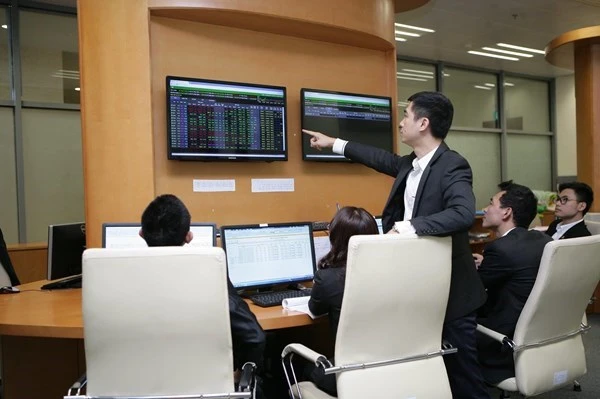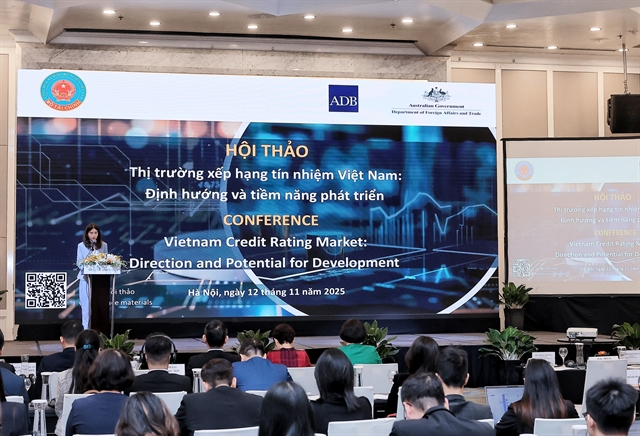 Society
Society

" />Stand on just about any sidewalk in downtown HCM City and you can’t fail to see an oncoming stream of taxis, a welcome sight for passengers during rush hour and rainy days, but quite a nuisance for many others.
 |
| With more than 26,000 taxis, HCM City’s traffic congestion has worsened in recent years. – VNA/VNS Photo |
HCM CITY – Stand on just about any sidewalk in downtown HCM City and you can’t fail to see an oncoming stream of taxis, a welcome sight for passengers during rush hour and rainy days, but quite a nuisance for many others.
Some local residents and officials say the explosion of taxi services in recent years is contributing to traffic congestion, which has become increasingly worse.
As of 2016, there were a total of 11,060 traditional taxis and 15,300 app-based taxis, double the number that city officials had previously targeted.
Traffic is often so bad around the city that it’s uncommon for a resident to go for more than a day without struggling to wriggle through crowded streets at any time of the day.
Adding to the congestion is the daily flush of vehicles that enter and leave the city from neighbouring provinces.
Though the city’s Department of Transport has targeted having less than 12,700 taxis before 2020, a total of 26,000 cabs were operating last year.
Since the city has many office buildings, hospitals, schools and other public facilities, taxi drivers tend to roam all over the place to look for passengers.
“I’m so frustrated to see taxis everywhere. I know taxis are very convenient and there is high demand for them, but it’s unnecessary to have so many taxis,” Trương Huỳnh Phát, 36, a resident in Bình Thạnh District, told Việt Nam News.
After Uber and Grab launched, many people thought the app-based taxis would help eliminate the number of empty taxis seen on the streets. However, together with traditional taxis, more cars than ever are operating on the streets.
Drivers of cars travelling from Tân Sơn Nhất International Airport to the Lăng Cha Cả Roundabout in Tân Bình District, for example, on January 12 were having a difficult time getting out of a traffic jam one afternoon.
Taxis from various companies made up the majority of the crowd, and as taxi drivers often switch lanes to save time, traffic congestion can easily occur on nearby Trường Sơn Street, according to Người Lao Động (The Labourer) newspaper. Nearby streets are affected as well.
“I have some friends whose workplaces are near Trường Sơn Street. I feel sorry for them because they have to deal with traffic for hours in this crazy weather every day. Some of them have even thought about quitting their jobs,” Phát said.
Even though traffic lights and signs can be seen on the way in and out of Trường Sơn Street, drivers cannot avoid the situation because of the number of vehicles on the street.
A taxi parking lot on 58 Trường Sơn Street, which has drawn even more taxis to the area, has also contributed to the problem.
“How can we get through the congestion when we can’t even move ourselves?” Phát said.
Similar situations occur at the Nguyễn Văn Trỗi – Hoàng Văn Thụ Intersection in Tân Bình District; the Nguyễn Văn Trỗi – Lý Chính Thắng Intersection in District 3; and the Nguyễn Thị Minh Khai - Bùi Thị Xuân and Lý Tự Trọng – Nam Kỳ Khởi Nghĩa intersections in District 1.
On the morning of January 13, within only 30 minutes, a total of 200 taxi trips were taken through the Nguyễn Văn Trỗi – Hoàng Văn Thụ Intersection, while the number of trips made by other kinds of vehicles was far less.
Parking space is another issue. Within a radius of 500 metres, with the People’s Committee building as the centre, there are about 59 buildings with one to five parking levels each, according to the Department of Transport.
Most of the parking spots are saved for building staff and residents, and only 20 per cent of space is for public parking.
The lack of parking spaces has resulted in more cars parking on Bùi Thị Xuân, Nguyễn Thị Minh Khai, Trần Quốc Thảo, Pasteur, and other streets.
The Transport Department has asked authorities to close the parking lot on 58 Trường Sơn Street to free up space for other vehicles, and has also urged the city’s Taxi Association to have their drivers park in the airport’s five-storey parking garage.
Lê Hồng Việt, deputy chief inspector of the department, has acknowledged that traditional taxis as well as Uber and Grab taxi drivers have not been picking up and dropping off passengers at designated sites, affecting traffic safety, especially in the downtown area and at Tân Sơn Nhất Airport.
He said the department would continue to investigate the problem and come up with new plans to relieve or resolve the most congested areas. –VNS




